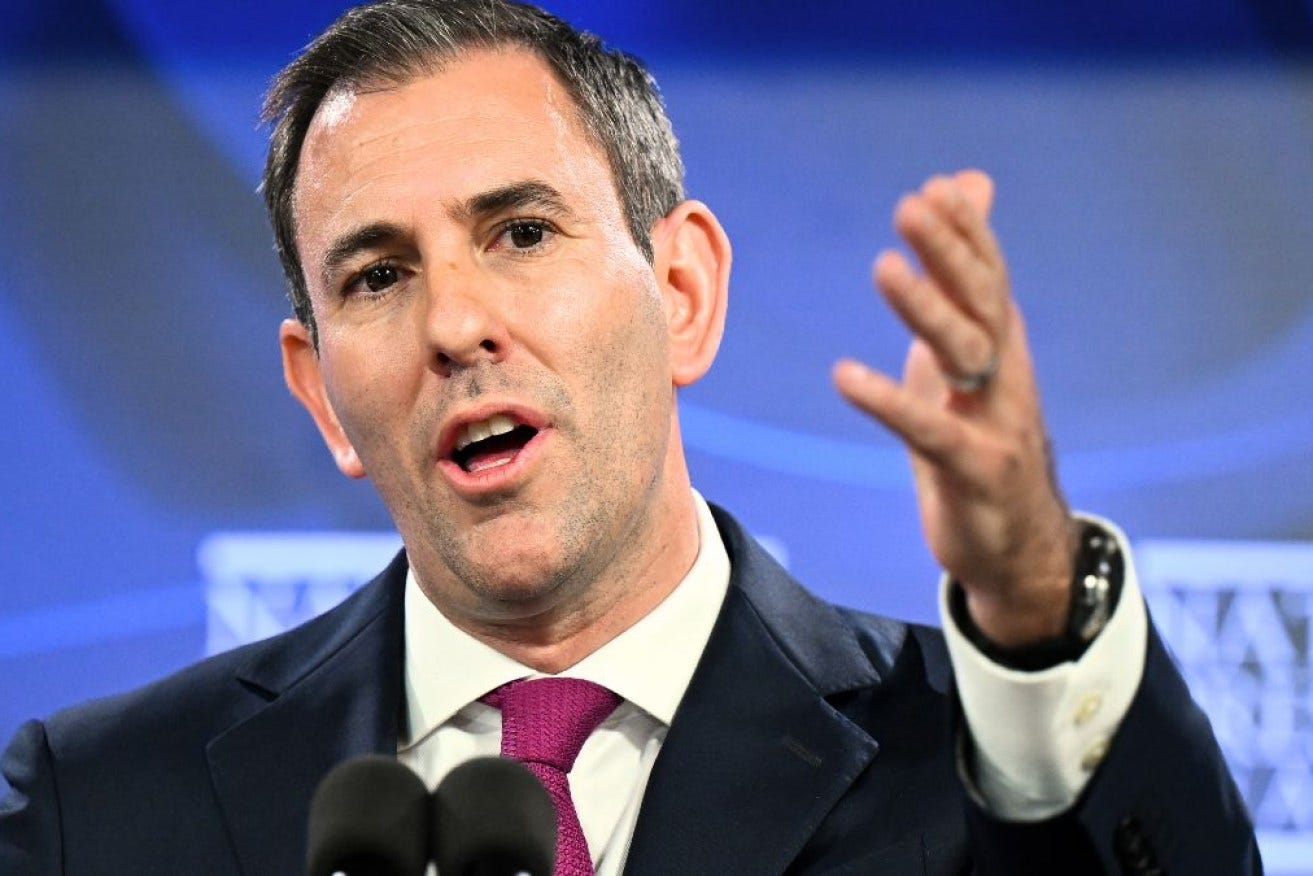The Summit About Nothing
Jim Chalmers’ much-touted Productivity Summit has come and gone, and what did it leave us with? About as much as a classic episode of Seinfeld—a summit about nothing. Canberra has perfected the art of holding grand meetings that generate sound bites instead of solutions. It was an event where ambition and intention were paraded as progress, and where dreams of flying unicorns take precedence over the unglamorous work of execution.
What was not discussed:
reducing government spending or the role of the state in the economy.
eliminating the various funny money schemes that perpuate - Future Made in Australia, National Reconstruction Fund, Future Fund, Clean Energy Finance Corporation
selling off underperforming assets - NBN, Australia Post, Western Sydney Airport
debt reduction
stopping renewable energy subsidies
aggregate tax cuts
labour market regulation
NDIS reform including copayments, means testing, residency requirements
Medicare copayments
There are probably many other low hanging fruit reforms.
Instead, like Seinfeld’s famous nothingness, this summit found its rhythm in the choreography of talking rather than doing. Endless panels, glossy slide decks, and statements of intent filled the room. But productivity, the supposed guest of honour, never actually showed up. Instead, the proceedings became a showcase of the Canberra way: the belief that gathering wafflers and grifters in a room is itself an achievement, regardless of whether anything meaningful results.
The casting could not have been more on the nose. The union movement played the role of George Costanza. As George once discovered, the best results come when he does the opposite of his instincts. The unions, clinging to outdated industrial playbooks while demanding productivity miracles, might just get further if they embraced the opposite of their usual habits. But as with George, the comedy lies in the inability to change.
The bureaucrats were pure Kramer. They never really do anything in a conventional sense, yet somehow drift from zany idea to zany idea, each one managing to attract attention, resources, and applause. Like Kramer’s constant hare-brained schemes, these bureaucratic “solutions” rarely deliver, but the characters behind them still manage to live comfortably and with a surprising amount of profile. Canberra rewards spectacle, not outcomes. 4 day weeks anyone. Pattern bargaining. May Day public holiday.
The business representatives, meanwhile, were Newman—scheming, ever-present, and somehow always looking for a way to carve out their piece. They don’t grow the pie; they hover around it, ready to intercept whatever slices fall their way. Expecting them to lift productivity is like expecting Newman to deliver Jerry’s mail properly—hopeless from the start.
And presiding over it all was Treasurer Jim Chalmers himself, the Soup Nazi of the proceedings. Stern, controlling the ladle, dictating who gets served and who does not. Except instead of soup, the serving here was access, influence, and a platform. “No productivity for you!” might as well have been the catchphrase of the summit.
So, the Productivity Summit was less an economic intervention than a political performance. It reassured the public that “something” was being done, while in truth nothing at all was happening. Canberra excels at this sleight of hand: elevating meetings into milestones, mistaking the theatre of policy for the substance of reform.
If productivity is ever to be meaningfully addressed, it will not be through summits that celebrate their own existence. It will come from rolling up sleeves, making hard calls, and confronting entrenched interests. Like Hawke, Keating and Walsh did. Like Howard (before he lost it at the turn of the millennium), Costello and Fahey did.
Until then, Jim Chalmers’ summit deserves its place in the pantheon of Australian politics: a summit about nothing.



No productivity for you!’